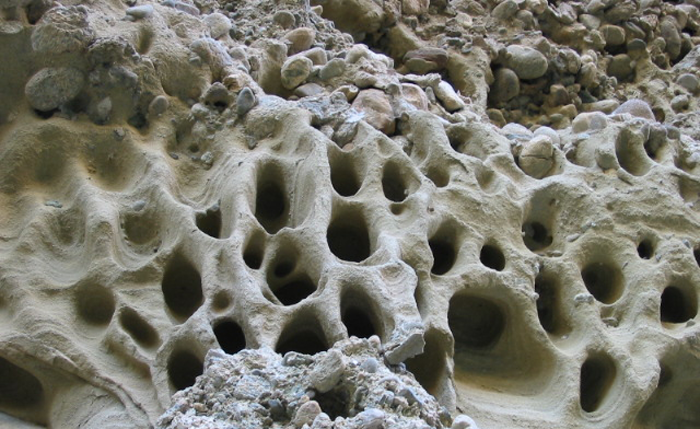Some branches of the Science of Geology, are pretty heavy in math and physics. Hydrogeology, Seismology, Geophysics and Structural Geology are some of them.
Here we present you the 10 equations that a Geology Student should know and use.
1. Darcy's Law formula

It describes the flow of a fluid through a porous medium, for slow, viscous flow. The total discharge, is equal to the product of the intrinsic permeability of the medium, the cross-sectional area to flow, and the total pressure drop, all divided by the viscosity, and the length over which the pressure drop is taking place.
2. Porosity

It is used in geology, hydrogeology, soil science, and building science. The porosity of a porous medium (describes the fraction of void space in the material, where the void may contain.
Porosity is a fraction between 0 and 1, typically ranging from less than 0.01 for solid granite to more than 0.5 for peat and clay. It may also be represented in percent terms by multiplying the fraction by 100.
3. Volumetric water content

4. Effective diffusivity in porous media

5. Hydraulic conductivity

6. Seismic moment

Read HERE a blog about this equation.
7. Richter magnitude scale

HERE you can read another post specifically about the Richter magnitude scale.
8. P-wave Velocity

More about P-waves HERE.
9. S-wave Velocity

10. Crystal Structures of Metals

Metals are crystallized in four crystal structures: simple cubic (sc); body-centered cubic (bcc); face-centered cubic (fcc) or cubic-close-packing (ccp); and hexagonal-close-packing (hcp).
Face-centered cubic (fcc) system (or cubic close-packed or ccp) has lattice points on the faces of the cube, that each gives exactly one half contribution, in addition to the corner lattice points, giving a total of 4 lattice points per unit cell (1⁄8 × 8 from the corners plus 1⁄2 × 6 from the faces). The lattice is not a primitive one since there are 4 lattice points (atoms) per unit cell, one at the vertices (one eighth at each vertex) and three other on the 6 faces. The lattice constant can be calculated by the radius of the atom.
You can try to search whatever you want just by clicking on the “Browse Formulas” button on the top left of your screen and find a full list of Geology Equations HERE.
If you need any help, you will find some in our fxSolver video.
Also remember to follow or interact with us in our social media pages. You will find links below.
Header picture is taken from HERE.
